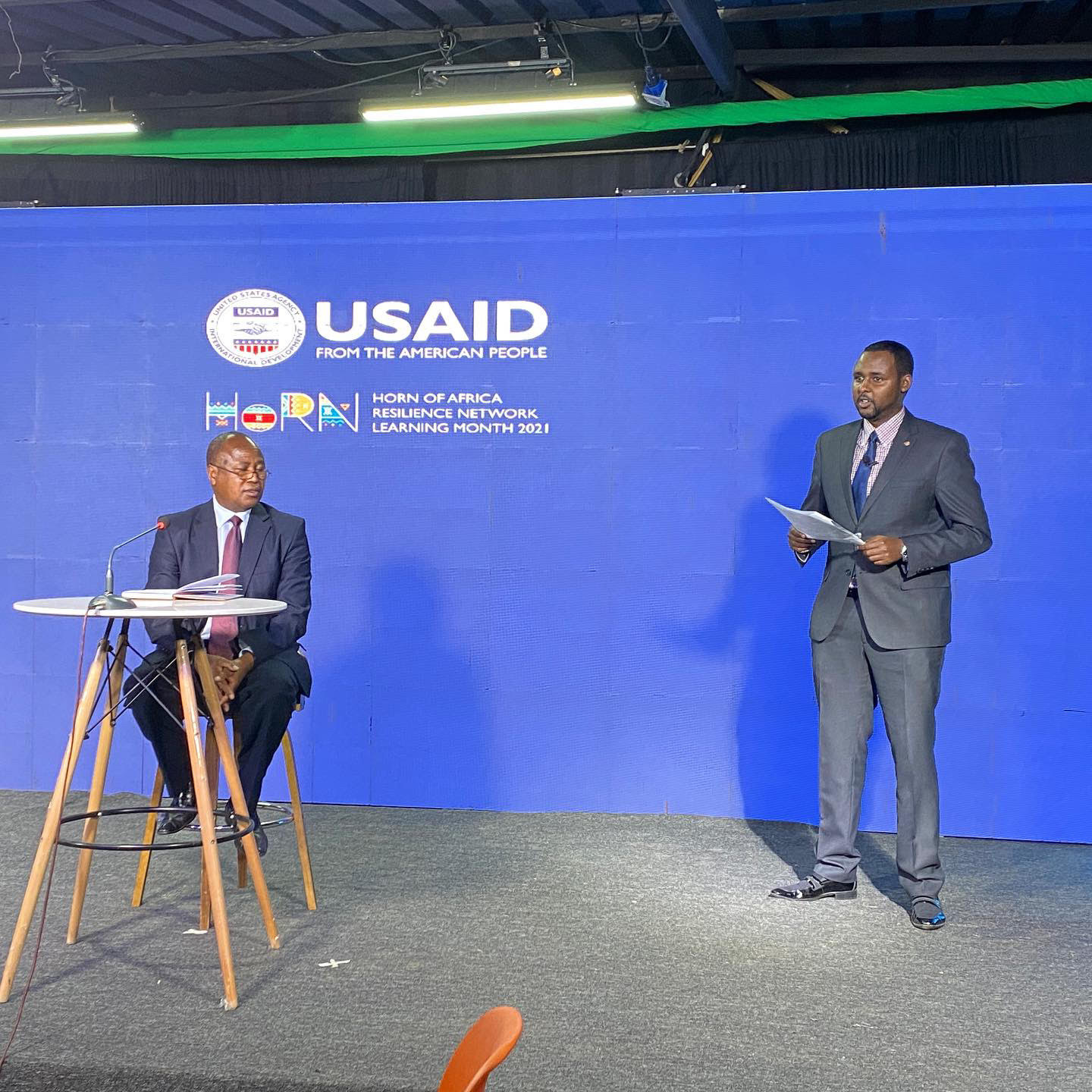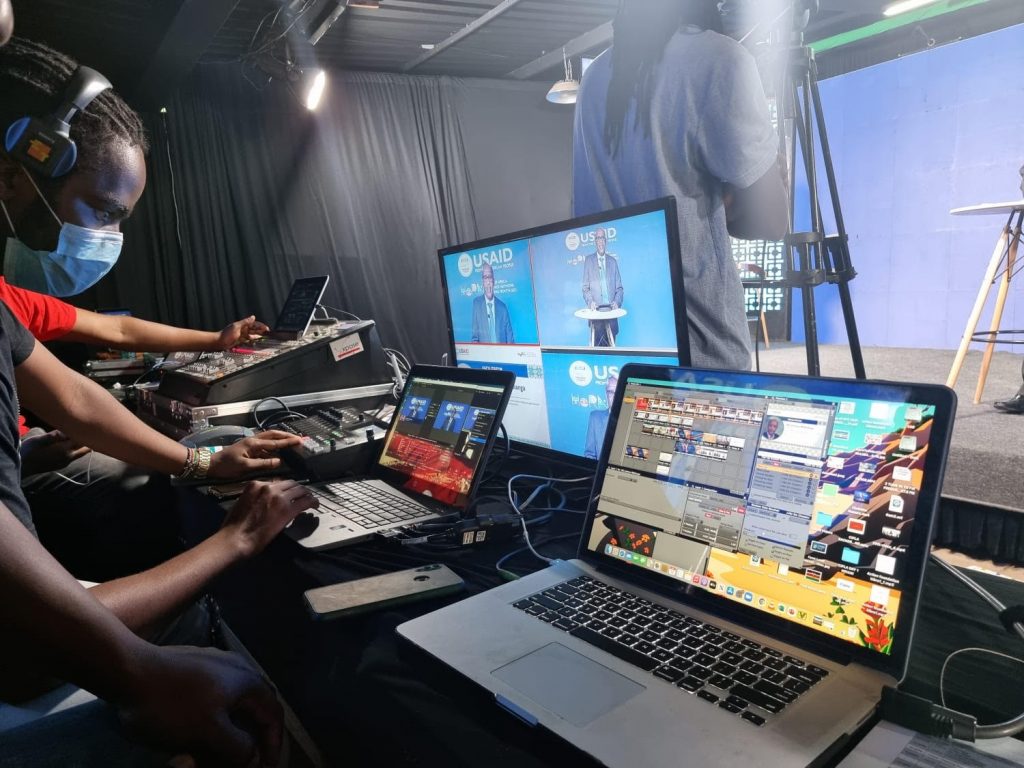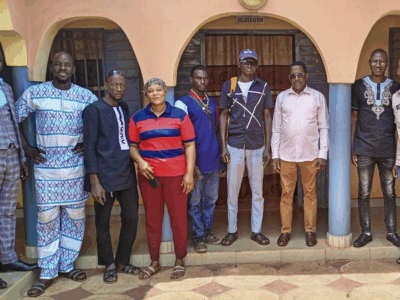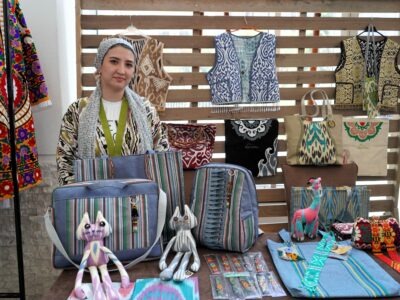
For the last seven years, USAID/Kenya and East Africa has held annual resilience events that converge stakeholders in the resilience space within the Horn of Africa. This October, the 2021 Horn of Africa Resilience Network (HoRN) meeting occurred virtually under two distinct themes: (1) “Building Livelihoods and Community Resilience in Conflict Contexts,” and (2) “Mainstreaming Resilience into Development Programming.” This annual meeting brought together 300 participants from 15 countries, including seven African countries, and took on the timely issue of how to cope with conflict and other shocks in the region.
The ACDI/VOCA-led Resilience Learning Activity, a five-year activity financed by USAID, organized this year’s event and also serves, as part of its scope, as HoRN secretariat.
The first session on October 12 brought together humanitarian, development, and government thought leaders and practitioners spanning countries embroiled in high-intensity civil wars to countries in which conflict is less obvious but that nonetheless face persistent levels of insecurity or risk escalations of violence. The session explored proactive conflict management strategies to strengthen community resilience as well as the objectives of USAID and conflict-affected communities to build back better and improve livelihoods.
“Let us continue to ensure women and marginalized groups make their voices heard in decisions from the household to the parliament because inclusive societies where everyone has a voice and power are societies with far less violent conflict.”
–Jennifer Karsner, USAID Ethiopia Resilience Coordinator
On October 19, Matthew Hutcherson, USAID Director of the Office of Economic Growth, announced the launch of USAID/Kenya and East Africa’s Regional Resilience Framework 3.0. This framework will act as a common reference for resilience programming throughout the region and inform program design to ensure that it is risk-informed and shock-responsive. During this second session, thought leaders shared their experiential learnings on how to integrate resilient responses into policy and development interventions. Participants also had the opportunity to further explore the trends within integrating resilience into development planning across the Horn of Africa.

To make these conversations possible, the Resilience Learning Activity mobilized participants with support from resilience coordinators at the bilateral USAID/Kenya and East Africa Mission and the Intergovernmental Authority on Development, a trade bloc made up of eight African nations. The Resilience Learning Activity also produced virtual events to broaden participation and facilitated social media outreach, sharing thematic knowledge and information concurrently during the virtual learning sessions. Because of this outreach, the event reached a wider audience and even made it into the top two of Kenya’s trending topics on Twitter on both days.
With participants from Africa, Europe, Asia, the Middle East, and North America, the event successfully brought together key players — USAID representatives, program implementing partners, and other bilateral and multilateral agencies and organizations — to focus on the pressing issues surrounding resilience programming.
Learn more about the Resilience Learning Activity.
Learn more about our work in Kenya.








